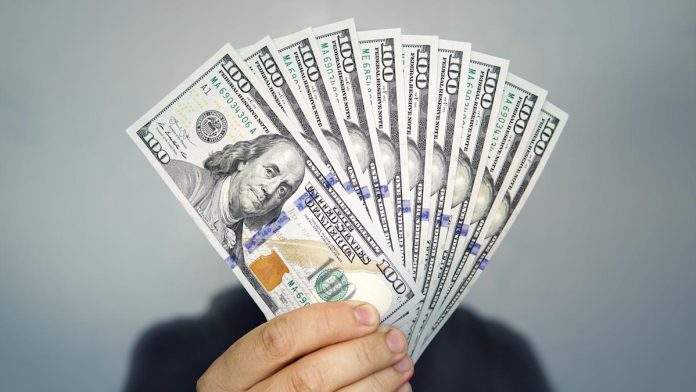One of the basic principles of investing is that you should adjust your goals and strategies as you get older. But that also applies to the amount of money you have to invest.
Explore More: How To Turn $100K Into a Million: Your Step-by-Step Guide
Read Next: Mark Cuban Says Trump’s Executive Order To Lower Medication Costs Has a ‘Real Shot’ — Here’s Why
No matter how old you are, your investment strategy should evolve based on your financial situation. Here are four changes you should make when it comes to investing your first $1,000 versus your first $100,000.
Also see the 10 worst investing mistakes to avoid at all costs, according to Tae Kim.
Putting $1,000 aside for investments often means you have a specific goal in mind, such as a down payment on a car or home. In most cases, you have a fairly short time horizon of one to five years, depending on the goal.
With limited time and only $1,000 to invest, you want to ensure the most reliable return. Truist recommended putting your money in safe assets, like money market accounts, certificates of deposit (CDs) or low-risk index funds.
With $100,000 to invest, you might be thinking more long term, such as building your retirement fund or eventually starting your own business. A longer time horizon means you can widen your investment options into a more aggressive mix of assets that includes stocks, mutual funds and real estate.
Check Out: I’m a Financial Advisor: 4 Investing Rules My Millionaire Clients Never Break
When you attain the kind of wealth that lets you invest $100,000, then it’s time to change up your tax strategy. One goal should be to minimize your income tax burden to free up more money for investments, according to a blog from Dominion Asset Protection.
You should also adopt the kinds of tax-efficient strategies you didn’t have to worry about when you had only $1,000 to invest. Improper tax planning could leave you with a big tax bill that diminishes your investment returns, according to Avidian, a Texas-based investment firm.
To reduce this risk, Avidian recommended considering strategies such as tax-loss harvesting and utilizing tax-advantaged accounts, such as 401(k)s and IRAs.
With only $1,000 to invest, you don’t have much margin for error. One bad move — such as putting the entire amount into a high-risk investment — could wipe out the entire amount. In this case, you might not have much risk tolerance. Again, consider investing in safe assets like CDs and money market accounts.
Having $100,000 to invest gives you a lot more leeway. This is when you should put more thought into your risk capacity, which SmartAsset defines as the “amount of risk that’s necessary for you to meet your goals.”

